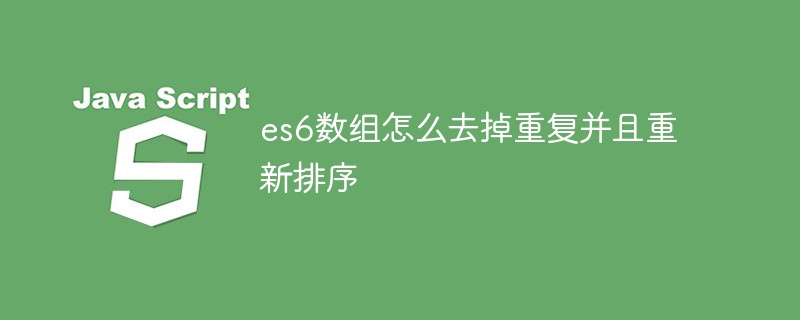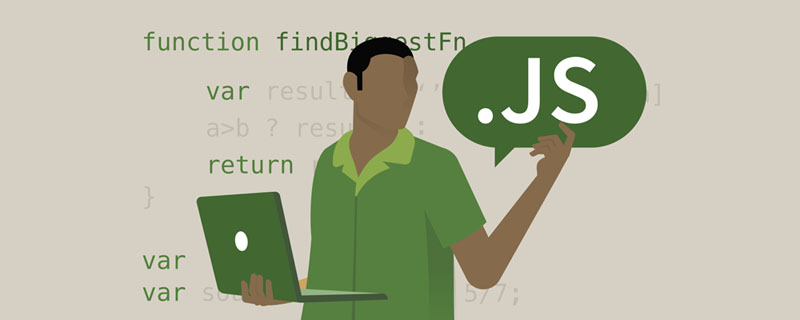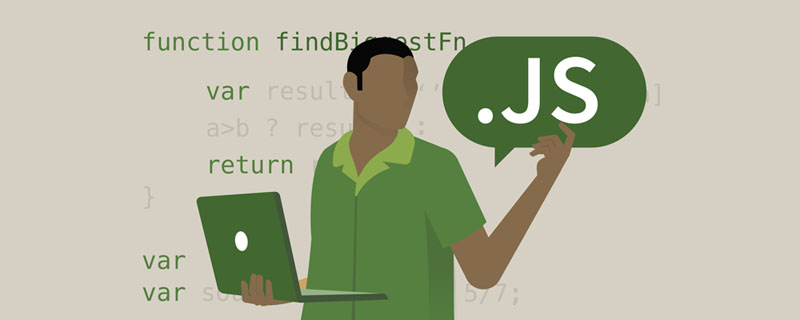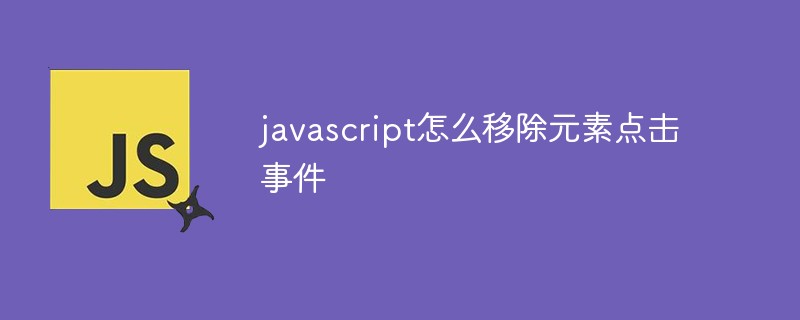 Web Front-end
Web Front-end JS Tutorial
JS Tutorial Native javascript implements parsing XML documents and strings_javascript skills
Native javascript implements parsing XML documents and strings_javascript skillsI previously wrote an article "How to use jquery to parse XML". The link is http://www.jb51.net/article/54842.htm. The previous article explained jQuery and strings in detail The method of mutual conversion, here focuses on the operation of javascript xml.
The total code is as follows:
var XMLHttp = null;
if (window.XMLHttpRequest) { //现代浏览器
XMLHttp = new XMLHttpRequest();
} else if (window.ActiveXObject) {
XMLHttp = new ActiveXObject("Microsoft.XMLHTTP"); //IE5/IE6
}
if (XMLHttp !== null) {
XMLHttp.onreadystatechange = function() {
if (XMLHttp.readyState === 4) {
if (XMLHttp.status === 200 || XMLHttp.status === 304) {
// var XMLDom = XMLHttp.responseXML; //解析XML文档
var XMLDoc = XMLHttp.responseText; //解析XML字符串
var XMLDom = (new DOMParser()).parseFromString(XMLDoc, "text/xml");
//异步代码写这里
console.log(XMLDom);
console.log("world"); //后出现world
}
}
};
XMLHttp.open("get", "test1.xml", true);
XMLHttp.send();
//非异步代码写这里
console.log("hello"); //先出现hello
}
The first step is to create XMLHTTPREQUEST:
var XMLHttp = null;
if (window.XMLHttpRequest) { //现代浏览器
XMLHttp = new XMLHttpRequest();
} else if (window.ActiveXObject) {
XMLHttp = new ActiveXObject("Microsoft.XMLHTTP"); //IE5/IE6
}
The second step is to detect ONREADYSTATECHANGE (not required for non-asynchronous):
if (XMLHttp !== null) {
XMLHttp.onreadystatechange = function() {
if (XMLHttp.readyState === 4) {
if (XMLHttp.status === 200 || XMLHttp.status === 304) {
//异步代码写这里
}
}
};
XMLHttp.open("get", "test1.xml", true);
XMLHttp.send();
//非异步代码写这里
}
The third step, parse XML document or string (asynchronous):
XMLHttp.onreadystatechange = function() {
if (XMLHttp.readyState === 4) {
if (XMLHttp.status === 200 || XMLHttp.status === 304) {
// var XMLDom = XMLHttp.responseXML; //解析XML文档
var XMLDoc = XMLHttp.responseText; //解析XML字符串
var XMLDom = (new DOMParser()).parseFromString(XMLDoc, "text/xml");
//异步代码写这里
console.log(XMLDom);
}
}
};
The fourth step, parse XML document or string (non-asynchronous):
if (XMLHttp !== null) {
// XMLHttp.onreadystatechange = function() {
// if (XMLHttp.readyState === 4) {
// if (XMLHttp.status === 200 || XMLHttp.status === 304) {}
// }
// };
XMLHttp.open("get", "test1.xml", false);
XMLHttp.send();
//非异步代码写这里
// var XMLDom = XMLHttp.responseXML; //解析XML文档
var XMLDoc = XMLHttp.responseText; //解析XML字符串
var XMLDom = (new DOMParser()).parseFromString(XMLDoc, "text/xml");
//异步代码写这里
console.log(XMLDom);
}
 es6数组怎么去掉重复并且重新排序May 05, 2022 pm 07:08 PM
es6数组怎么去掉重复并且重新排序May 05, 2022 pm 07:08 PM去掉重复并排序的方法:1、使用“Array.from(new Set(arr))”或者“[…new Set(arr)]”语句,去掉数组中的重复元素,返回去重后的新数组;2、利用sort()对去重数组进行排序,语法“去重数组.sort()”。
 JavaScript的Symbol类型、隐藏属性及全局注册表详解Jun 02, 2022 am 11:50 AM
JavaScript的Symbol类型、隐藏属性及全局注册表详解Jun 02, 2022 am 11:50 AM本篇文章给大家带来了关于JavaScript的相关知识,其中主要介绍了关于Symbol类型、隐藏属性及全局注册表的相关问题,包括了Symbol类型的描述、Symbol不会隐式转字符串等问题,下面一起来看一下,希望对大家有帮助。
 原来利用纯CSS也能实现文字轮播与图片轮播!Jun 10, 2022 pm 01:00 PM
原来利用纯CSS也能实现文字轮播与图片轮播!Jun 10, 2022 pm 01:00 PM怎么制作文字轮播与图片轮播?大家第一想到的是不是利用js,其实利用纯CSS也能实现文字轮播与图片轮播,下面来看看实现方法,希望对大家有所帮助!
 JavaScript对象的构造函数和new操作符(实例详解)May 10, 2022 pm 06:16 PM
JavaScript对象的构造函数和new操作符(实例详解)May 10, 2022 pm 06:16 PM本篇文章给大家带来了关于JavaScript的相关知识,其中主要介绍了关于对象的构造函数和new操作符,构造函数是所有对象的成员方法中,最早被调用的那个,下面一起来看一下吧,希望对大家有帮助。
 JavaScript面向对象详细解析之属性描述符May 27, 2022 pm 05:29 PM
JavaScript面向对象详细解析之属性描述符May 27, 2022 pm 05:29 PM本篇文章给大家带来了关于JavaScript的相关知识,其中主要介绍了关于面向对象的相关问题,包括了属性描述符、数据描述符、存取描述符等等内容,下面一起来看一下,希望对大家有帮助。
 javascript怎么移除元素点击事件Apr 11, 2022 pm 04:51 PM
javascript怎么移除元素点击事件Apr 11, 2022 pm 04:51 PM方法:1、利用“点击元素对象.unbind("click");”方法,该方法可以移除被选元素的事件处理程序;2、利用“点击元素对象.off("click");”方法,该方法可以移除通过on()方法添加的事件处理程序。
 整理总结JavaScript常见的BOM操作Jun 01, 2022 am 11:43 AM
整理总结JavaScript常见的BOM操作Jun 01, 2022 am 11:43 AM本篇文章给大家带来了关于JavaScript的相关知识,其中主要介绍了关于BOM操作的相关问题,包括了window对象的常见事件、JavaScript执行机制等等相关内容,下面一起来看一下,希望对大家有帮助。
 foreach是es6里的吗May 05, 2022 pm 05:59 PM
foreach是es6里的吗May 05, 2022 pm 05:59 PMforeach不是es6的方法。foreach是es3中一个遍历数组的方法,可以调用数组的每个元素,并将元素传给回调函数进行处理,语法“array.forEach(function(当前元素,索引,数组){...})”;该方法不处理空数组。


Hot AI Tools

Undresser.AI Undress
AI-powered app for creating realistic nude photos

AI Clothes Remover
Online AI tool for removing clothes from photos.

Undress AI Tool
Undress images for free

Clothoff.io
AI clothes remover

AI Hentai Generator
Generate AI Hentai for free.

Hot Article

Hot Tools

Dreamweaver Mac version
Visual web development tools

SAP NetWeaver Server Adapter for Eclipse
Integrate Eclipse with SAP NetWeaver application server.

Atom editor mac version download
The most popular open source editor

VSCode Windows 64-bit Download
A free and powerful IDE editor launched by Microsoft

SublimeText3 Chinese version
Chinese version, very easy to use





